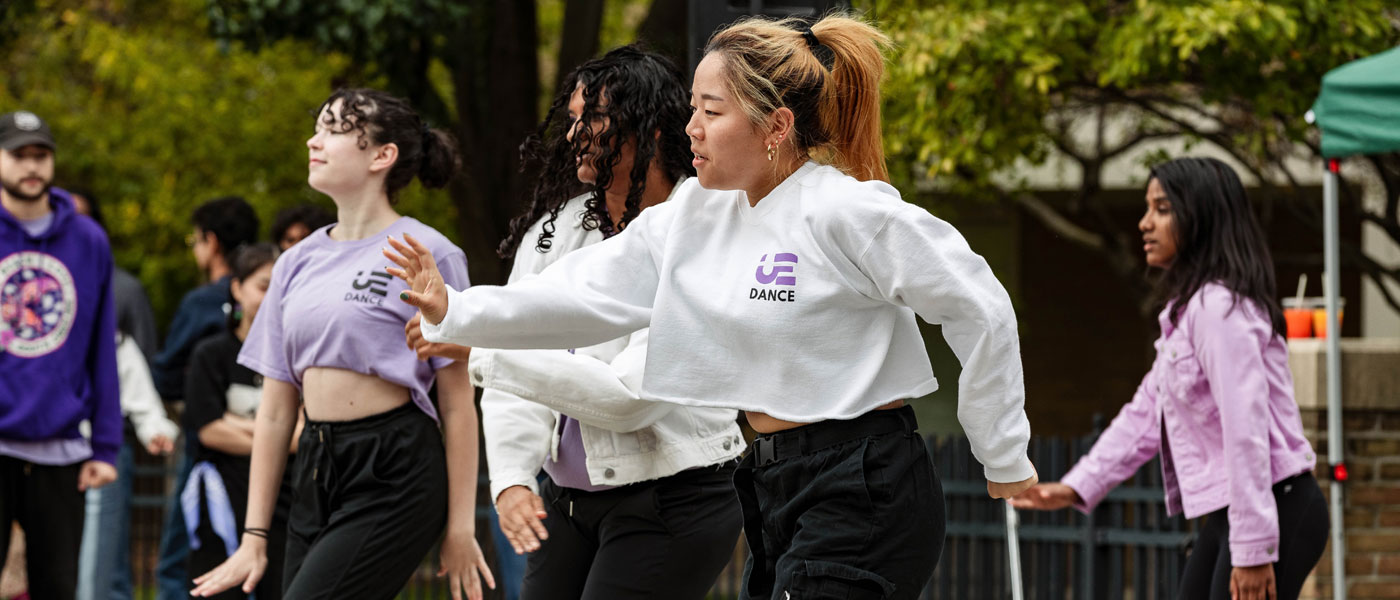Dance isn’t only a means of physical activity—it is an art form that can reflect cultural identity, often representing the history, traditions and values of different communities.
Case Western Reserve University students showcase the breadth of options, from dance forms such as ballet, swing and tap to styles closely tied to the culture in which they originated (including salsa, bhangra and line dancing). Members of the community have the opportunity to witness our students’ hard work and talent firsthand during performances, classes and other activities held throughout the year.
To better understand how dance has a direct impact on members of the CWRU community, The Daily spoke with several student participants of dance-based organizations across campus in recognition of National Dance Week (April 19-28).
Read on to hear their thoughts—and see UNDIVIDED, a hiphop dance organization, in action.
Answers have been edited for clarity and length.
Sahaj Bhambra
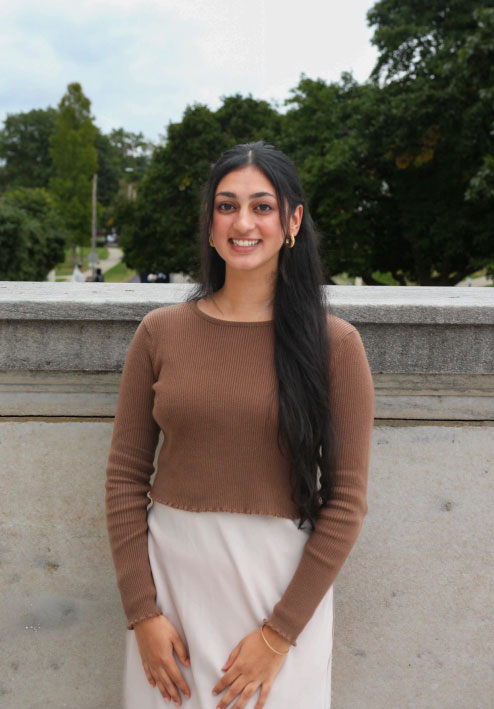
Fourth-year student majoring in neuroscience
Member of Spartan Bhangra
1. Why did you join your organization? What first sparked your interest in dancing, and how long have you been dancing?
I wanted to connect more with my culture and find a group of people to call my home away from home. The cultural aspect of my dance form, Bhangra, is what sparked my interest in wanting to join this team. I didn’t start learning Bhangra until my first year of college but would perform at family events and weddings, which has always been a passion of mine!
2. What does dance mean to you personally, and why do you think it’s an essential form of expression?
To me, this form of dance is a way for me to express my connection and love for the culture of Punjab. It’s also a way that I am able to truly share my passion of dancing with some of my closest friends.
3. What is a memorable performance experience that had a significant impact on you as a dancer?
A memorable experience for me would definitely be when Spartan Bhangra got into our first competition of 2023 and then placed second at our second competition when a lot of people doubted our abilities. Being able to succeed in this way was very motivational and a great feeling after all of our hard work.
Jaylene Vázquez
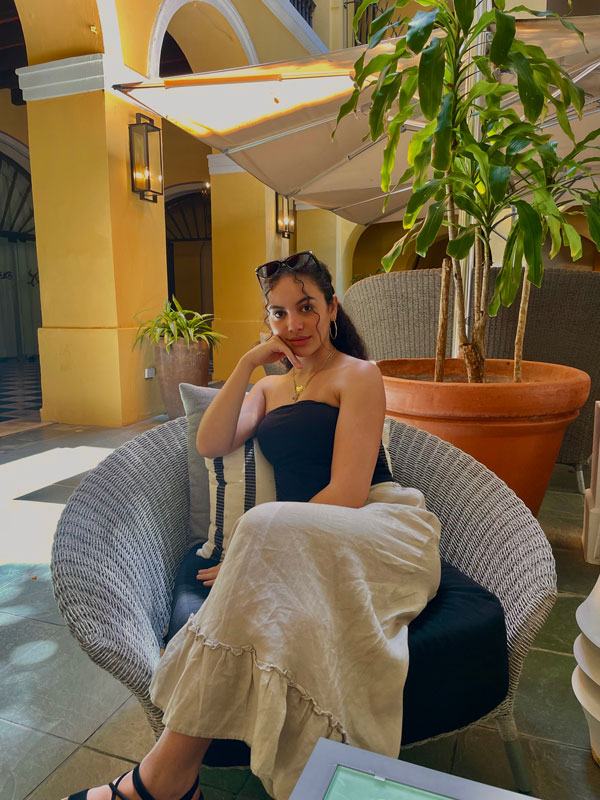
Fourth-year student majoring in psychological sciences
Member of Case Salsa Club
1. Why did you join your organization? What first sparked your interest in dancing, and how long have you been dancing?
After seeing my favorite salsa band perform in Puerto Rico, I was motivated to learn how to dance to one of my favorite genres of music. I joined Case Salsa Club during my second year at CWRU and quickly realized that I can finally connect with people through partner-work dance after being deprived of much social contact during [the COVID-19 pandemic] the year before.
I have always danced growing up and I have been encouraged to do so all my life. My mother danced salsa in NYC and my father plays piano for various merengue artists. My parents’ artistic influence definitely cultivated my artistic endeavors into dance and music. I danced ballet on and off from the age of 4 to 14; then, I started dancing salsa at 19 years old.
2. What styles of dance do you enjoy the most, and why?
Salsa music has always connected me to my culture and my family. It has remained constant despite language and geographical barriers, having been a second-generation Puerto Rican from the mainland. Dancing to salsa is so fun and improving as a dancer is so rewarding.
3. What is a memorable performance experience that had a significant impact on you as a dancer?
In February, I performed at the International Chicago Salsa Congress with Azúcar! Dance Company. This was the first time my parents saw me dancing on stage since I was 14. It was so nerve wracking yet so rewarding to perform in front of them and it’s a memory I will never forget.
Lyris Gordon and Kelsey Lopez
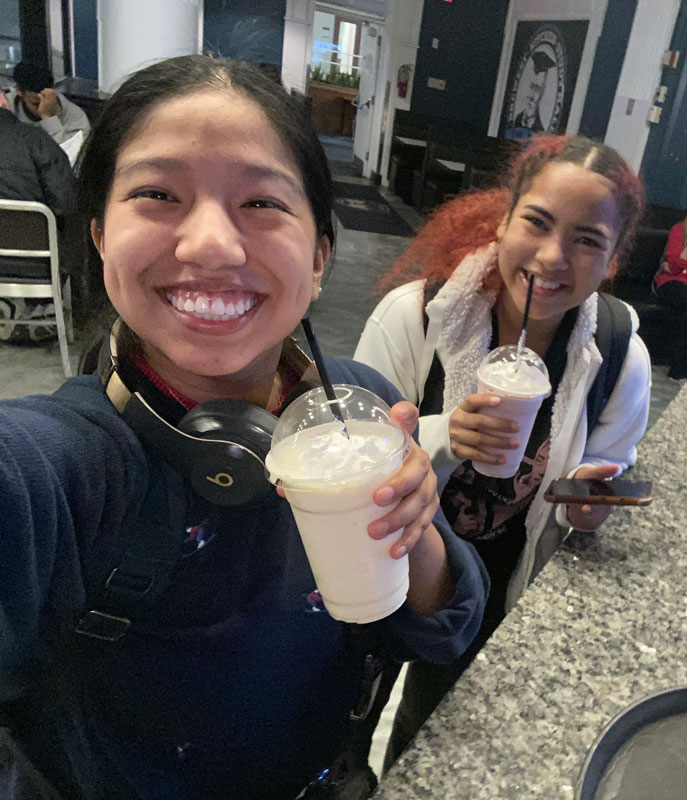
Lyris Gordon is a third-year student majoring in computer science
Kelsey Lopez is a second-year student majoring in biochemistry
Artistic directors of of UNDIVIDED
1. Why did you join your organization? What first sparked your interest in dancing, and how long have you been dancing?
Gordon: I joined Undivided because I loved dancing in high school and was looking for a club in which I could continue my passion. My mom put me in dancing, so I didn’t have a choice at first, but I realized I loved how fun it was when I was very young. I have been dancing since I was four years old!
Lopez: I joined Undivided to find an amazing dance community full of passionate and amazing undergraduates. I’ve loved it since I was young and I love it even more now that I have a group of supporters and basically a family away from home.
I started dancing when I was very young to the songs in Cinderella, my favorite Disney princess. I’ve been dancing since then and have been engaged in all sorts of styles including jazz, hip hop and contemporary.
2. What does dance mean to you personally, and why do you think it’s an essential form of expression?
Gordon: Dance is a safe haven for me to express myself, and it’s important to have a form of language that can reach everybody. Dance embodies a unique blend of physicality, emotion and creativity. It transcends cultural and linguistic boundaries, making it a universal language that everyone can understand and appreciate.
Lopez: Dance to me is a way of conveying emotions without words. Dance allows us to express and communicate a range of emotions and inner feelings that reaches people in a unique and exciting way. To me, it’s my default state and makes me whole.
3. What styles of dance do you enjoy the most, and why? Are there any specific dancers or choreographers who have influenced your style or artistic vision?
Gordon: I love hip hop, but my favorite is contemporary because I love the opportunity to be vulnerable and emotional as I dance. Kirsten Russel and Chad McCall were huge influences on my dance journey.
Lopez: I love hip hop and the freedom it allows. It’s super fun and allows me to be groovy, however my favorite style of dance is quite different—I love Pom. I have fond memories of performing at football and basketball stadiums in high school that really make that style my favorite. I love the sharp and precise movements it uses and the fun, glitter pom poms it requires.
Nat Bat, Dario Boatner, Cameron Giles, and Aspyn Morrell have heavily influenced my style at the moment.
Sierra Petties
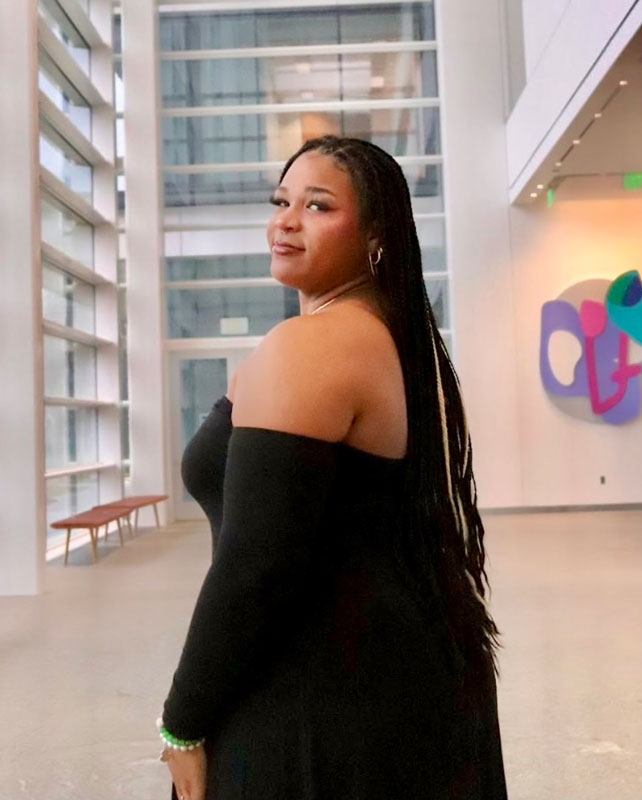
Fourth-year business management student with concentrations in innovation and entrepreneurship and organizational leadership
Former member of Cheza Nzuri Dance Team and member of Alpha Kappa Alpha Sorority Inc.
1. Why did you join your organization? What first sparked your interest in dancing, and how long have you been dancing?
I joined Cheza because I was invited to go to practice one day by someone I knew. When I got there, I loved it and it was a chance to get active. I joined AKA because I love giving back to the community, uplifting the people around me, and the sisterhood the organization provides.
I have been dancing since I was four years old doing different styles including tap, ballet, cheer, hip hop, step, and African dance. I did not directly choose to start dancing since I was so young when I started tap and ballet, but as I got older I used dancing as a way to express my emotions.
2. What styles of dance do you enjoy the most, and why?
Right now, I enjoy strolling most because unlike other forms of dance, it is less strict. With strolling, you can put your own small spin on moves for yourself. Growing up, I spent hours each week trying to perfect moves to be just like the other dancers on my teams, but when I am strolling I do not need to be exactly like the person in front of me. Everyone has their own style of strolling, and even though we are doing the same moves, we get to express ourselves slightly differently.
3. How does this style of dance reflect and express the culture from which it originates?
Strolling within Divine 9 organizations (otherwise known as the National Pan-Hellenic Council), is a fascinating intersection of dance, cultural pride, and friendly competition. It reflects and expresses Black culture in several ways. The very foundation of Black Greek life lies in the resilience and excellence of Black communities. Specific movements and symbols, like the AKA ivy leaf hand gesture, showcase the unique identity and pride of each organization.
While there might be elements of friendly competition, strolling ultimately strengthens the Black Greek community. Strolling isn’t just about steps; it’s a cultural expression that embodies the creativity, resilience, and sense of community that thrives within Black Greek life.

